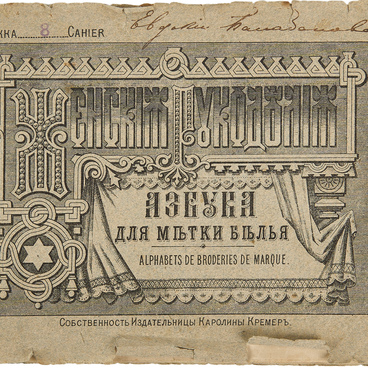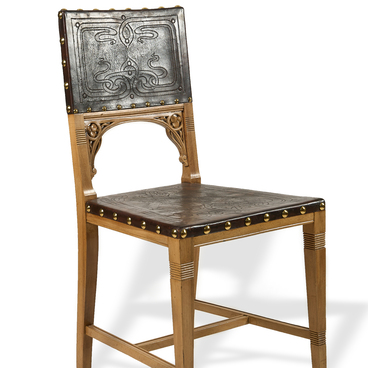A photographic camera is a device for capturing still images by photochemical means when light is applied to a photosensitive photographic material.
The refraction of light and the possibility of projecting an image onto a vertical surface was known as early as the 17th century. It was not until the 1820s that the inventor Joseph Nicéphore Niépce designed a camera with which he was able to preserve an image for the first time. The process was laborious: Niépce photographed the view from his bedroom for eight hours straight. The picture was transferred through a camera obscura to a tin plate that was coated with bitumen. It was then washed and developed over iodine vapor. This picture is considered the first photograph and is called “View from the Window at Le Gras”.
The second half of the 19th century saw a real breakthrough in the history of photographic technology. Twenty years after Niépce’s invention, the English physicist William Henry Fox Talbot invented the negative. This innovation not only improved the quality of photography, but also made it possible to replicate photographs.
Around the same time, the mirror lens and the curtain shutter were invented. An important event occurred in 1888, when George Eastman produced an affordable portable camera called the KODAK Camera. He registered the Kodak trademark the same year and so the corporation of the same name came into being.
The museum’s camera is made by the German company Ihagee, which was founded in 1912 in Dresden and was originally called “Industrial and Trading Company”. The company was founded by a Dutchman Johan Steenbergen. Based on the German pronunciation of the company’s abbreviation, its name was shortened to Ihagee.
For half a century, the company produced Corona,
Klapp Reflex, Exakta and other bellows cameras that were in great demand.
Additionally, flashes and magnifiers, accessories for macro photography and
microscopes were produced. Following the end of World War II, the Ihagee plant,
which was located in East Germany, continued to produce cameras. In 1960, the
company became part of the German optical and mechanical company VEB Pentacon.






